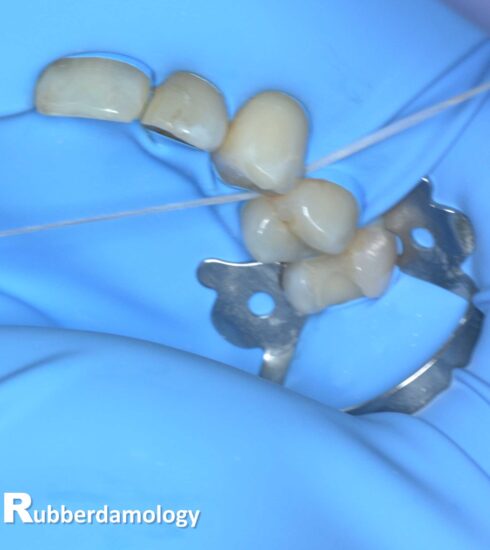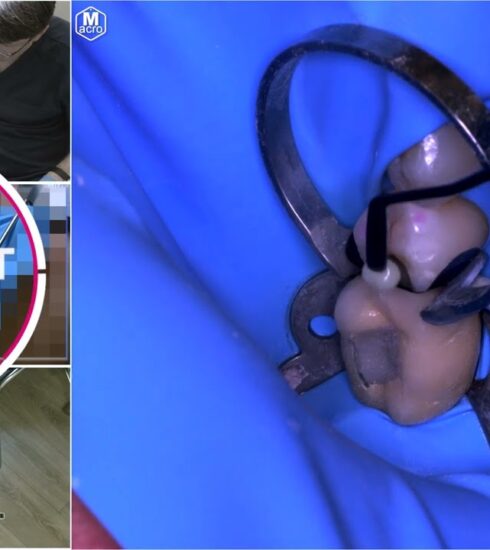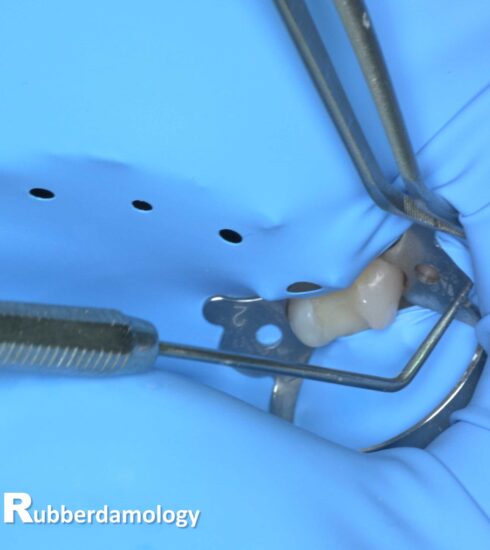Morphological features of the shape of the upper jaw molars
The morphological features of the shape of upper jaw (maxillary) molars can be described as follows:
- Number of Cusps:
- First Maxillary Molar (M1): Typically has three cusps, making it larger than subsequent molars.
- Second Maxillary Molar (M2): Usually has four cusps in some cases.
- Third Maxillary Molar (M3): Often the most variable, sometimes resembling a second molar.
- Occlusal Surface Features:
- The occlusal surface is complex and includes features such as central fossa, triangular ridges, and grooves. These structures are essential for grinding food during chewing.
- Marginal ridges run along the edges of the occlusal surface, contributing to effective food manipulation.
- Buccal and Lingual Features:
- On the cheek side (buccal), there are specific fossae or depressions that aid in mastication.
- Similarly, on the tongue side (lingual), there are distinct ridges and grooves that contribute to the tooth’s function.
- Root Morphology:
- The roots of maxillary molars can be fused or divergent, providing a stable foundation for these teeth within the jawbone.
- Palatal Convergence:
- This refers to the inward curve of the tooth’s edges towards the palate, which affects the overall shape and function of the molar by optimizing contact during chewing.
- Variability:
- Third molars (M3) are often impacted or congenitally missing due to variations in jaw development.
- Genetic and evolutionary factors contribute to differences in molar morphology among individuals.
In summary, upper jaw molars exhibit a complex interplay of features that ensure efficient grinding and chewing. Their shape is characterized by multiple cusps, intricate occlusal surfaces, and specific ridges and grooves on the buccal and lingual sides, all contributing to their functional role in digestion.
- Essentials of Oral Biology Oral Anatomy, Histology, Physiology and Embryology Second Edition – Maji Jose MDS, PhD Professor and Head Department of Oral Pathology Yenepoya Dental College and Hospital Yenepoya University Deralakatte – eISBN: 978-93-877-4261-1
- HANDBOOK OF TOOTH MORPHOLOGY A CARVING MANUAL – V. K. VAISHNAVI VEDAM MDS (Oral Pathology & Microbiology) Lecturer, Faculty of Dentistry, Asian Institute of Medicine, Science and Technology (AIMST) University, Kedah, Malaysia SIVADAS GANAPATHY MDS (Pedodontics and Preventive Dentistry) Lecturer, Faculty of Dentistry, Asian Institute of Medicine, Science and Technology (AIMST) University, Kedah, Malaysia – ISBN: 978-1-53612-443-9





